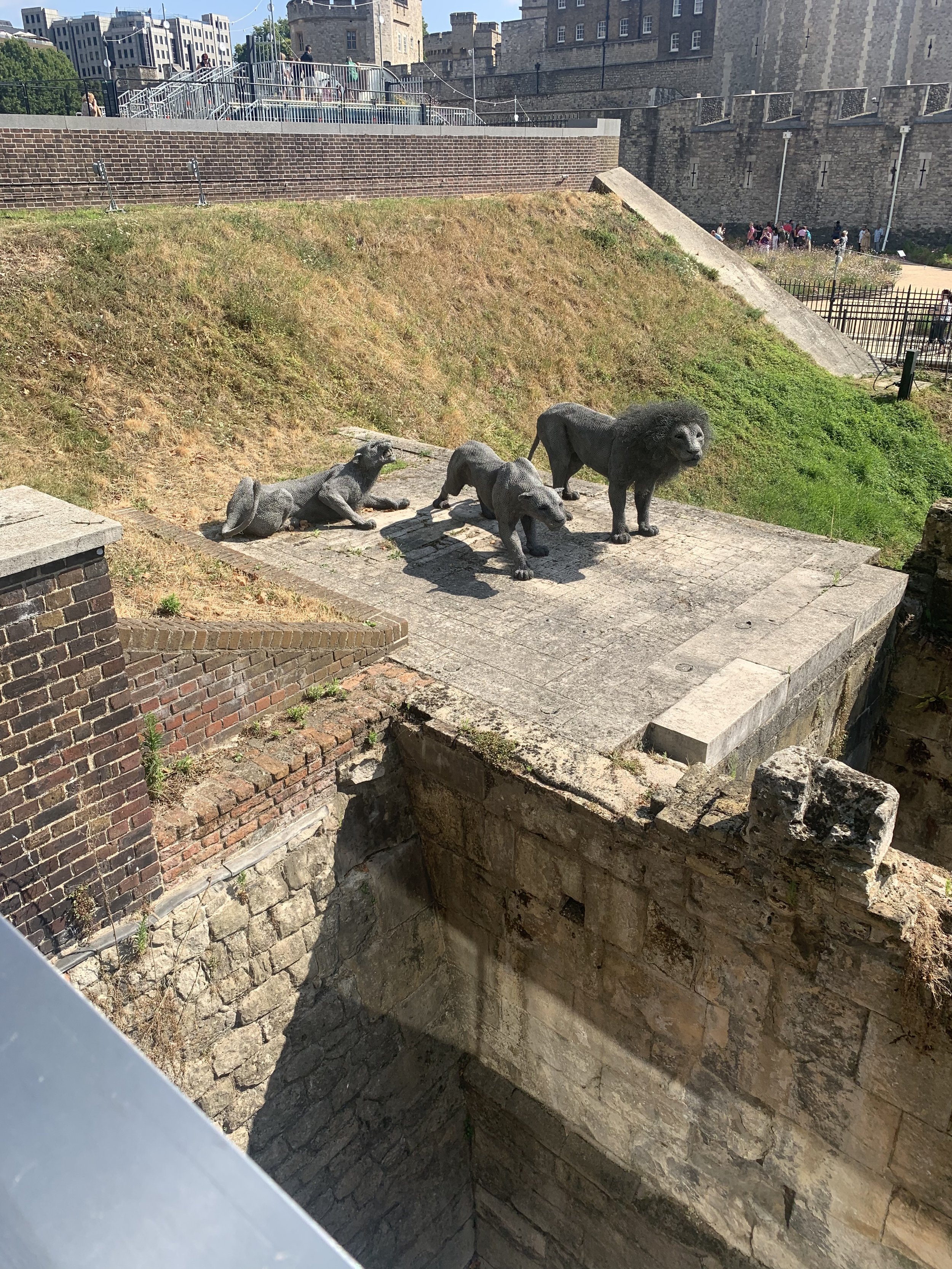A learning day at the Tower of London with young peopleWaterloo Block, Jewel House
Waterloo Block, Jewel House
My confession is that at school, I loved learning about Henry VII and his 6 wives, and I still love learning about his life. So, when the learning team at Historical Royal Palaces reached out to me, inviting myself and our learning group to the Tower of London, I was probably more excited than the volunteers.
On the hottest bank holiday, we made our way to Tower of London - the only issue we faced was where would we start our tour first. The Tower of London had so many stories that even I found it difficult to know where to start in writing this blog. It took all day; walking around the site, finding out so many interesting stories that I never knew. It was the first time many of the learning group had visited the Tower of London, as they had come from Birmingham.
Royal Beasts of the Royal Menagerine
Here are some interesting facts from our day out:
Prison and Punishment
The Tower of London served as a prison from the late 11th century until the Second World War. High and low ranking prisoners were held in different parts of the site, including the White Tower. The last prisoner executed at the Tower was a German spy, Josef Jakobs in 1941.
Queen’s House
The Queen’s House was famous for having Queen Anne Boleyn held as prisoner there whilst she was waiting for her execution. Queen Anne only lived at Queen’s House for 18 days. Anne was the second wife of King Henry VIII and the mother to Elizabeth I. It was alleged that she was being executed as she was unfaithful to Henry VIII. Anne was beheaded on Tower Green.
Beauchamp Tower
Built during the reign of Edward I, Beauchamp Tower was used to house prisoners throughout its history. It was also my favourite part of the day. Famous names that have been imprisoned here include Guy Fawkes, Anne Boleyn, and the Kray Twins. There was also graffiti that had been carved by prisoners whilst they were there and now it has been protected by a glass cover. Anne Askew, a Protestant preacher, was the first woman in England to request a divorce and the only women to be tortured at the Tower. In 1546, Askew was tortured as she refused to give names of radical Protestants. Unable to walk after her torture, Askew was carried on a chair to her death by burning at the stake.
William Davidson, a British African-Caribbean political radical, was imprisoned in 1820 for his role in the Cato Street Conspiracy. Davidson joined a plot to kill the Prime Minister and cabinet. The plot was set up by the government double agents who arrested Davidson and others during a gunfight in Cato Street, London. Davidson was hanged and beheaded outside Newgate prison along with four of his fellow plotters.
Royal Beasts
I did not know that wild and exotic animals were kept at Tower of London for 600 years. The last of the Royal Beasts left Tower of London in 1832 to their new homes at London Zoo. Animals such as snakes were wrapped in blankets and kept on a stove to keep them warm. Uncaged monkeys lived in a room where visitors could walk among them. It was shut down after a monkey attacked a boy. There were animals from across the globe and this indicated that the King had power across the globe.
The Lost Lion
The Tower of London also was important during the First World War. The Tower was a military base and a place for soldiers to be recruited, trained and deployed from here. Even during the air raids, the Tower stayed open to visitors, which would not happen today.
Many thanks to all at Historical Royal Palaces that invited us and allowed us to learn histories that we did not know. We did see the Crown Jewels and photography was not allowed but to be in a place full of rich history was fun. The only way to finish learning trip on a hot bank holiday meant a pit stop for ice cream.



